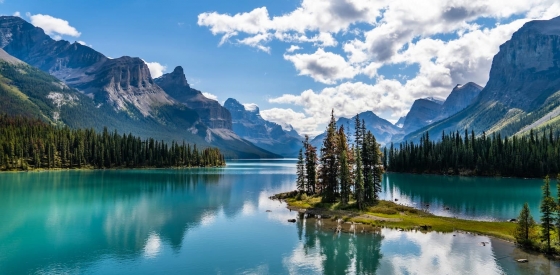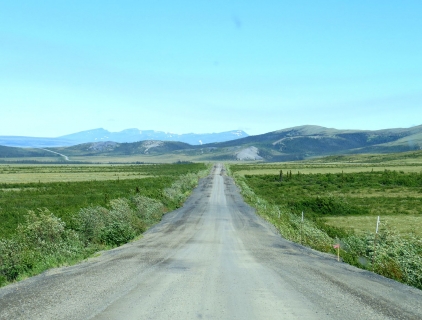Les Éboulements Weather and Climate: A Comprehensive Guide
The temperature in Les Éboulements can vary quite a bit throughout the year.
Temperatures can be pleasant during the warmest months,
and very cold during the cooler months.
It is also known for its large amounts of rain/snowfall.
Let's now guide you through the climate details for a complete overview.
Average maximum day and minimum night temperature
Visitors to Les Éboulements can expect significant temperature changes throughout the year. Typically, average maximum daytime temperatures range from a pleasant 22°C in July to a very cold -5°C in the coolest month, January.
Nights are cooler, with lows often dropping to around -13°C during the colder months.Check out our detailed temperature page for more information.
Temperature ranges by month
Precipitation and rainy days
Les Éboulements is known for its substantial rain/snowfall, with annual precipitation reaching 1335 mm. Les Éboulements offers a pleasant mix of wetter and slightly drier months. The difference in precipitation between October (151 mm) and February (82 mm) is not too significant, making the climate enjoyable for visitors and residents alike.
The mean monthly precipitation over the year, including rain, hail and snow
Forecast for Les Éboulements



Select a Month of Interest
Check the conditions for any month of the year.
The best time of year to visit Les Éboulements in Canada
During the months of July and August you are most likely to experience good weather with pleasant average temperatures that fall between 20°C and 26°C.Other facts from our historical weather data:
The coldest season / winter is in the following months: January, February, March and December.
July has an average maximum temperature of 22°C and is the warmest month of the year.
The coldest month is January with an average maximum temperature of -5°C.
October tops the wettest month list with 151 mm of rainfall.
February is the driest month with 82 mm of precipitation.
No idea where to travel to this year? We have a tool that recommends destinations based on your ideal conditions. Find out where to go with our weather planner.



